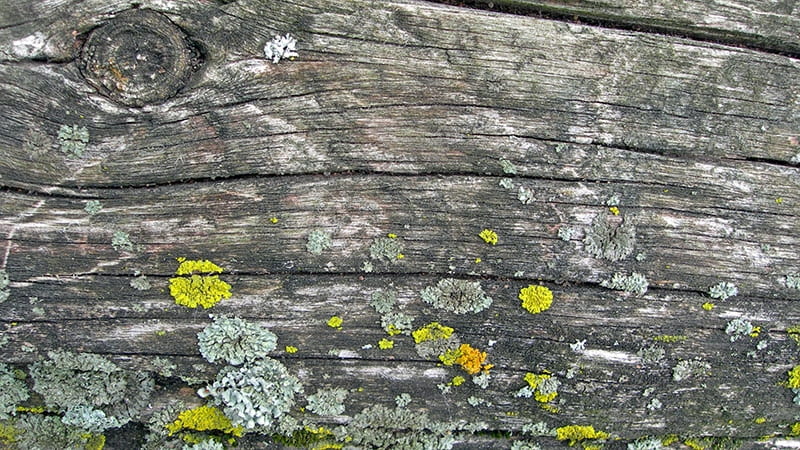THE SECRET LIFE OF LICHENS
By: Carolyn Wilke

Even though I’ve lived here for two years, I still have conversations with friends in which I admit that I haven’t yet seen many of the attractions Chicago has to offer. As something of a homebody, sightseeing takes extra energy for me, but recently I visited the Field Museum in an effort to start chipping away at the deficit in my cultural exploration of Chicago.
It was a fun outing, though it ended with fatigue, a very saturated mind, and the satisfaction that my perusal of the exhibits was very thorough. Out of all the interesting exhibits I saw at the Field Museum, the one that most captivated my attention was one on lichens, “the coolest things you’ve never heard of.”
Lichen is a composite organism, an entity made of two distinct species, in this case, fungus and algae or cyanobacteria. Lichen is a good example of symbiosis, a relationship that is mutually beneficial to both parties. In the lichen, the algae or cyanobacteria provide food for the fungus through their photosynthesis, while the fungus provides a home for the photosynthesizers.
One of the most interesting things I saw was a rusty old car door collected by the lichenologists. It was a little odd to see what looked like a piece of junk behind glass as part of a museum exhibit, but after it was lit by a black light providing UV radiation, hundreds of patches of lichen on the door fluoresced in shades of orange, purple, and green. Their fluorescence is one way lichens can be identified. New types of lichen are being found all the time, and several of the lichens on the car door had been previously undiscovered.
Although lichens are commonly found growing on rocks or trees, researchers have learned that they can live almost anywhere, including relatively inhospitable places. Some have even been taken to space, lived on the outside of the International Space Station, and were still mostly intact and able to perform photosynthesis after they were returned to earth. However, the type of lichen that thrives in a certain location is dependent on the conditions in that environment. In many cities, only a few types of lichen can be spotted since not all species can withstand the poor air quality resulting from pollution in urban environments.
This sensitivity gives rise to the application of lichens as biomonitors, or species that can be used to indicate the level of pollution. Some lichens are sensitive to particular pollutants and will disappear from a location when the concentration of that contaminant in the air increases. Others take in specific contaminants and accumulate them in their cells, so that pollution levels can be tracked by measuring the concentration of that contaminant in pieces of the lichen collected at different times. Since the 1980s the National Parks Service has carried out many projects monitoring lichen species on federal lands in the United States. An astounding example of lichens and their sensitivity to pollution was illustrated by a research group in Italy that monitored the biodiversity of lichens and was able to correlate it with incidence of diseases associated with air quality, such as lung cancer and chronic bronchitis.
Although my day at the museum was utterly exhausting, the trip was well worth it, not just for the “big” exhibits, but also for all I learned about the interestingly shaped and colored lichens in the natural world around us.
